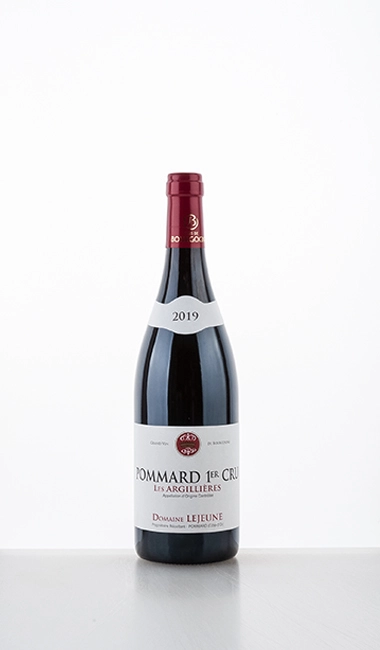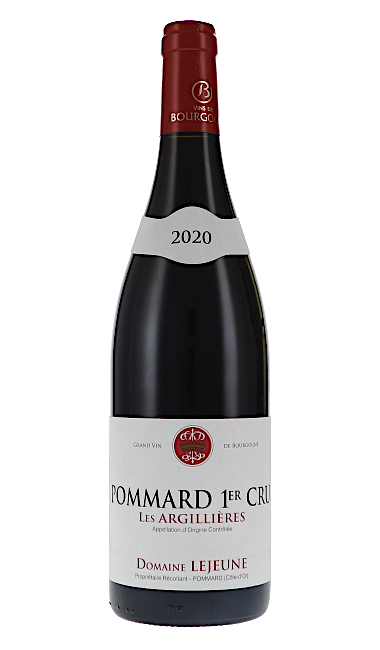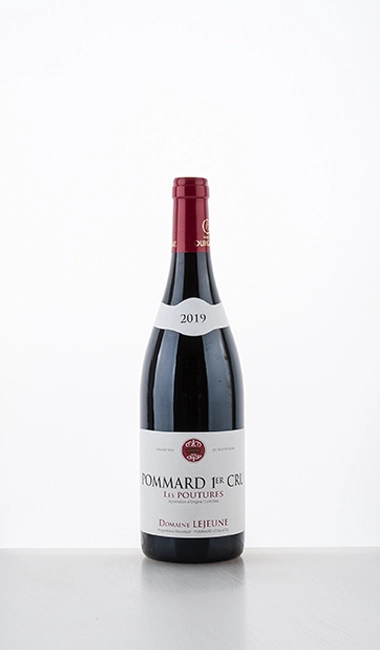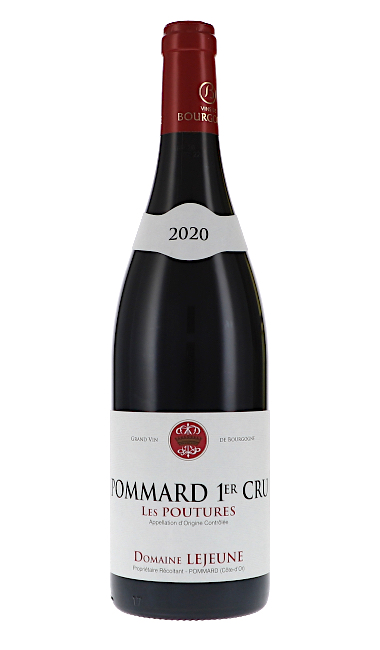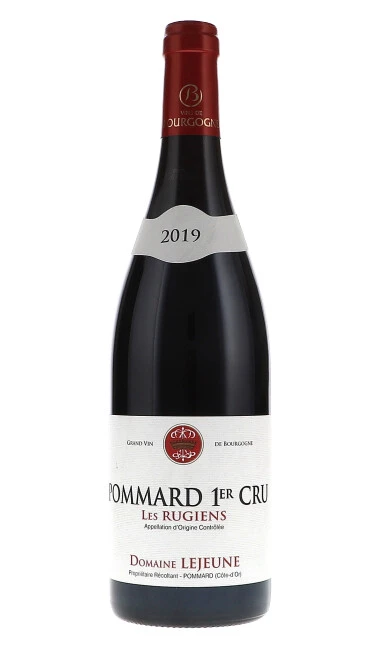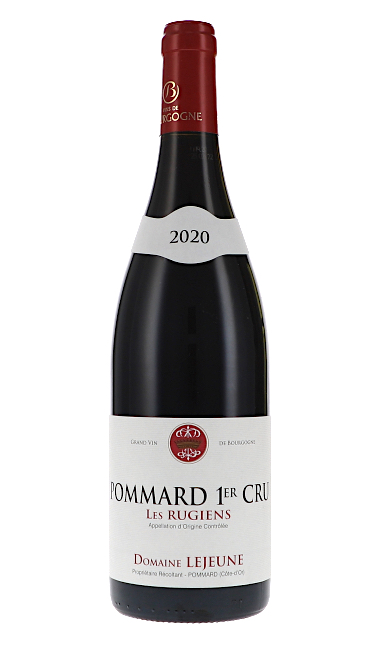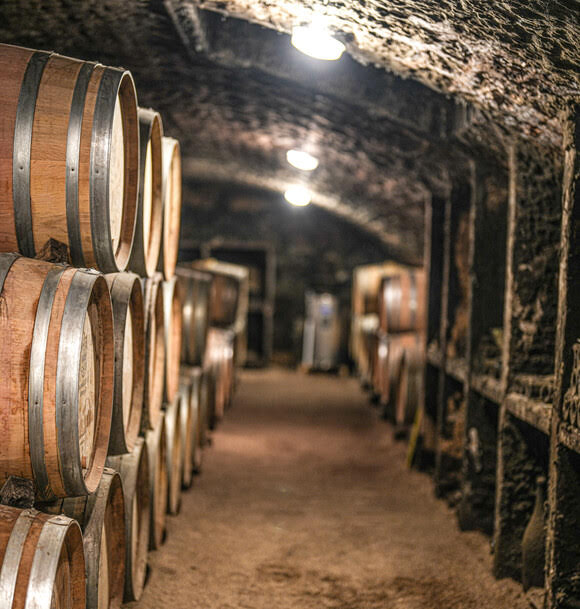Showing all 6 results
Lejeune
When Maxime Lejeune started in Pommard in the 18th century, he was able to expand his vineyard to 50 hectares around the wine village by the time of his death in 1864. Because of the division of the inheritance, only about six hectares were left at the end of the 1970s, which the Jullien de Pommerol family has expanded again to ten hectares today.
- You cannot add "Bourgogne Côte de Beaune Blanc "Les Monsnières" AOC 2020" to the basket because the product is out of stock.
-
Pommard 1er Cru “Les Argillières” AOC 2019
67,02 €Incl. VAT where applicable(89,36 € / 1000 ml)plus shipping -
Pommard 1er Cru “Les Argillières” AOC 2020
71,52 €Incl. VAT where applicable(95,36 € / 1000 ml)plus shipping -
Pommard 1er Cru “Les Poutures” AOC 2019
63,02 €Incl. VAT where applicable(84,03 € / 1000 ml)plus shipping -
Pommard 1er Cru “Les Poutures” AOC 2020
65,02 €Incl. VAT where applicable(86,69 € / 1000 ml)plus shipping -
Pommard 1er Cru “Les Rugiens” AOC 2019
115,04 €Incl. VAT where applicable(153,39 € / 1000 ml)plus shipping -
Pommard 1er Cru “Les Rugiens” AOC 2020
125,03 €Incl. VAT where applicable(166,71 € / 1000 ml)plus shipping
More about Lejeune
The different locations
The Pommerols portfolio comprises vineyards of which 90 % are located in Pommard. Around two hectares are planted with Chardonnay (75 %) and Aligoté (25 %). In addition, there is Pinot Noir with 5 % Gamay in the Passetoutgrain of the house, i.e. in the mixed set in the village site Les Sorbins. Pinot Noir can also be found in the village vineyards Les Grandes Carelles and Les Crenilles as well as in the village vineyard Les Trois Follots, which is of higher quality, and in three Premiers Crus. Lejeune owns 1.1 hectares in Les Poutures, 1.4 hectares in L'Argillieres and 0.25 hectares in the Primus inter pares Les Rugiens Bas. Without a doubt, the best terroir in all of Pommard is found in this vineyard. It is characterised by an excellent location, but above all by a high proportion of iron oxide, which not only colours the soil red, but also gives the wines worth ageing a very special colour. After Aubert Lefas renounced the use of chemical agents years ago, the winery is now also officially in the process of converting to organic cultivation.
The vinification
The production of the wines cannot be described as anything other than traditional and classic. Fermentation takes place with varying proportions of 20 to 40 % whole grapes depending on the year in open cuves, one of which, surrounded by 17 white birch hoops, is the oldest of its kind in the entire Burgundy region. The small family estate is housed in the renovated and now extended centuries-old buildings of the former Brotherhood of Saint Sacrement. The property had been sold as church property in 1793 after the French Revolution. A small part of the grapes is still crushed here with the feet and then fermented spontaneously. The alcoholic fermentation has always been carried out as macération semi-carbonique above the crushed grapes in this winery. In total, the juice remains in contact with the must for three to four weeks. After that, the wine goes into wooden barrels with a maximum of 20 % of new wood. The wines are neither fined nor filtered and are only lightly sulphured.
The wines of Lejeune
There are currently five wines, with Les Rugiens Bas only available in homeopathic quantities. The two 2020s, the white Côte de Beaune and the red Côte d'Ôr offer a very inviting start. The Côte de Beaune »Les Mosnières« shows the squeaky clean work with a focus on clear, bright fruit and a striking and well-integrated use of elegant wood. Creaminess, nuttiness and a vital acidity characterise the Chardonnay. From the beginning, the Bourgogne Côte d'Ôr most clearly shows the maturation in the form of the sémi-carbonique and reminds one of young Moulin-à-Vent for a short time and not only in the slightly violet colour. Then it becomes increasingly Burgundian, with considerable drinking flow, a pleasant form of straightforwardness and the distinctive but elegant wood typical of the domaine. In the two Pommard 1er Cru, the individual terroir can be recognised very well with almost the same type of vinification.
Les Poutures, with its higher proportion of clay and humus in the soil, is also the fuller, somewhat darker, more extract-rich wine, in which the tannin and acidity have a rounder effect than in Les Argillières, which presents itself as very high-toned, agile and with a fascinatingly lively acidity. The wines are already very enjoyable because of the way they are made. There is no astringency, the tannin is present but round, the wines seem inviting and with air also very open. This is Pommard in a very beautiful, elegant form, in which the earthiness that characterises the appellation is integrated into a lot of fruit and liveliness and an always elegant wood.


